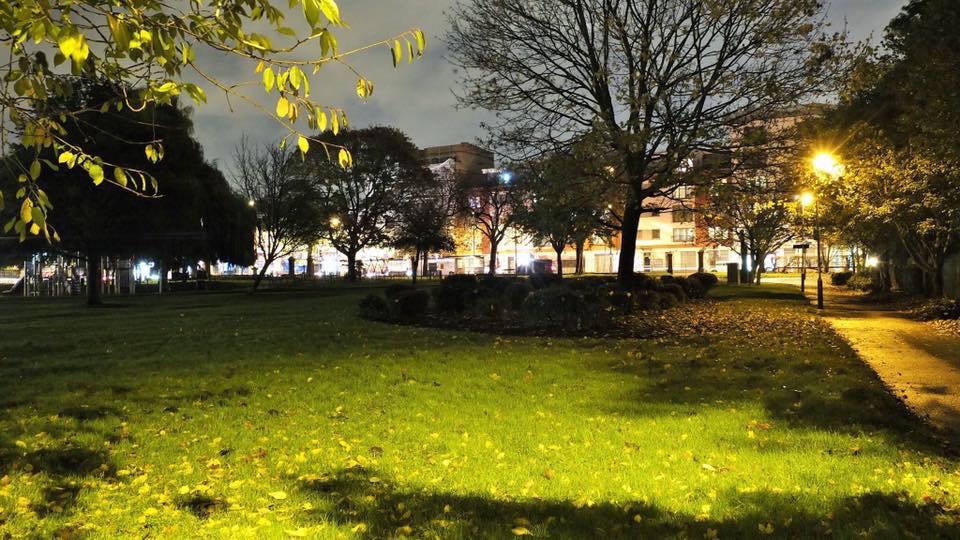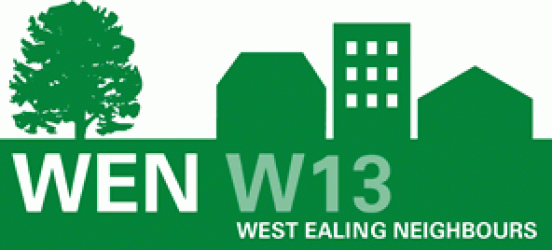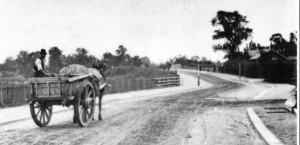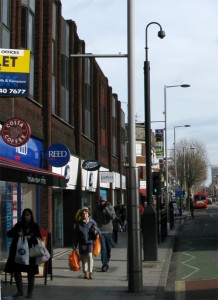I went to second in a series of history of modern art talks last night at OPEN Ealing. Admittedly, the talks are given by an artist friend of mine Nick Pearson but he’s always been a good talker and I really enjoyed hearing about the radical impact of the Impressionists and Post Impressionists and how they were rubbished by the press at the time in much the same way as modern artists now.
I’d never realised the impact of Japan on 19th century art and how the influence was initially through some goods imported from the newly opened up Japan being wrapped up in copies of prints by Japanese artists. It’s odd how seemingly trivial things can end up having an enormous influence. Japanese art was very different to Western art. It was more stylised and, for example, whilst Western art would have its main subject clearly visible and obvious, Japanese art might have its subject, such as Mount Fuji, almost tucked away discreetly in the distance.
I also enjoyed hearing that Constable’s painting The Haywain, which is now used on biscuit tins and goodness knows what else, was one of the most radical paintings of its time. It caused a sensation in Paris when exhibited in 1824 and was praised for its honest depiction of a contemporary rural scene. And it had a major influence on artists and contributed to the birth of Impressionism. Strange how what was once a ground-breaking painting of a rural scene can a century or so later become almost a cliche of a romantic rural idyll.
The talks (12 in total) will take us up to the ‘Young British Artists’ of the late 20th century so there’s lots to go yet. They are every Thursday evening from 7-9pm at OPEN Ealing (113 Uxbridge Road) and cost £7.50 each. So you can always dip in and out if there’s something you particularly want to hear about.
David Highton






